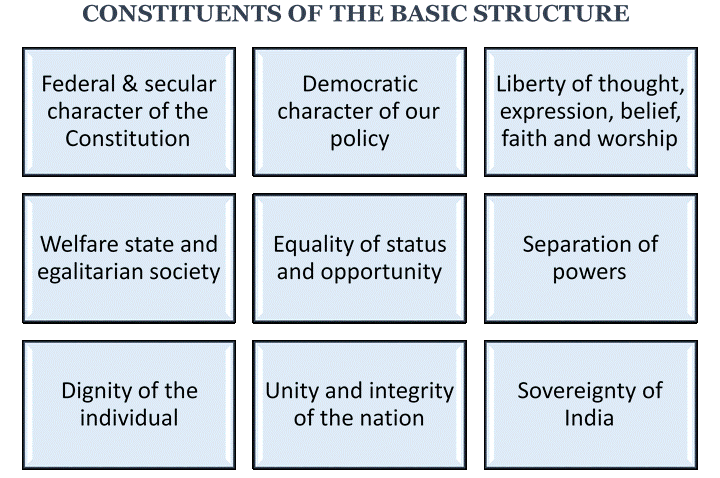900 319 0030
enquiry@shankarias.in
Vice-President Jagdeep Dhankar’s remark that courts cannot dilute parliamentary sovereignty sparked a debate on separation of powers, bringing the focus back to the basic structure doctrine of the Constitution.

 Why is basic structure so significant?
Why is basic structure so significant?
References